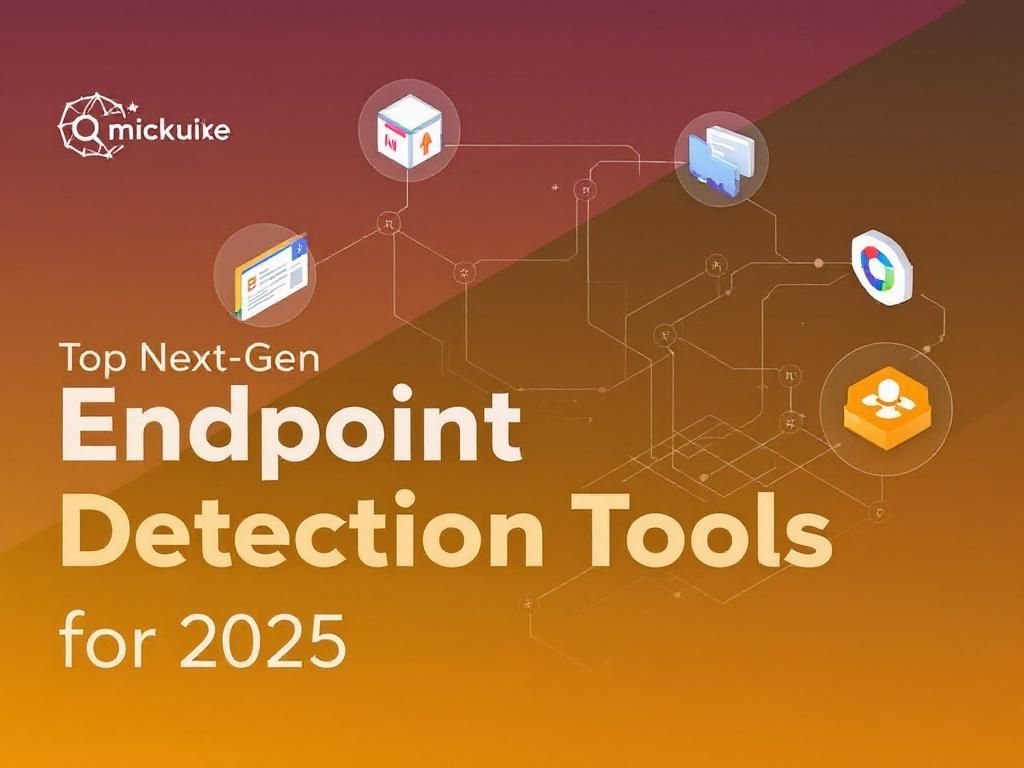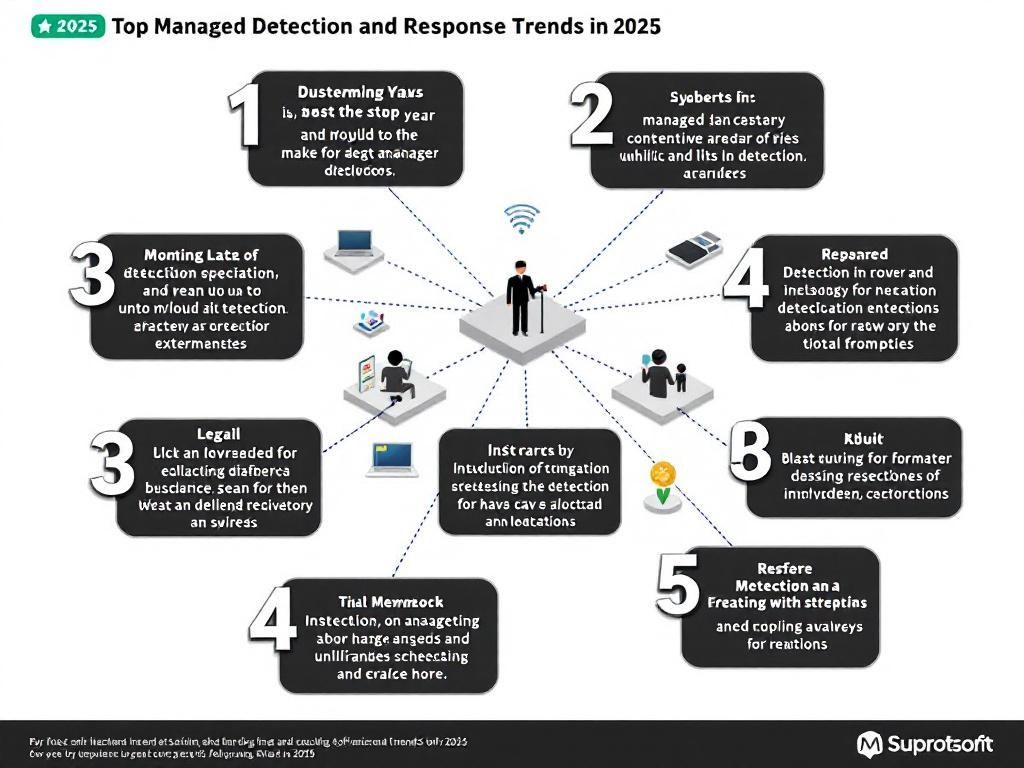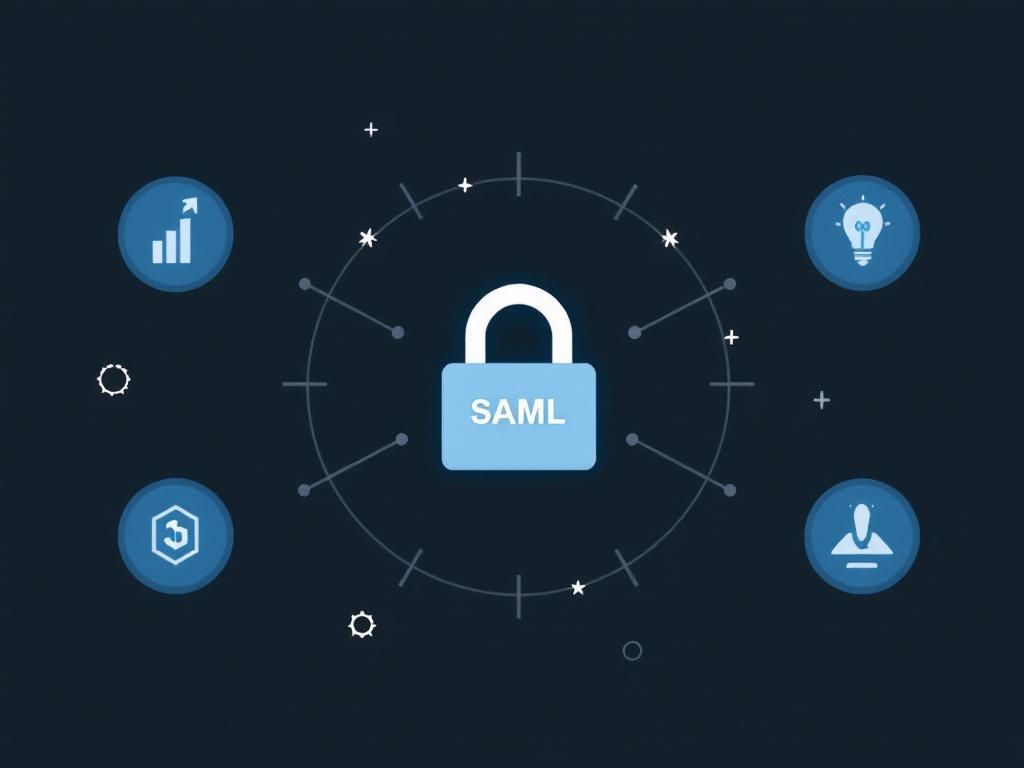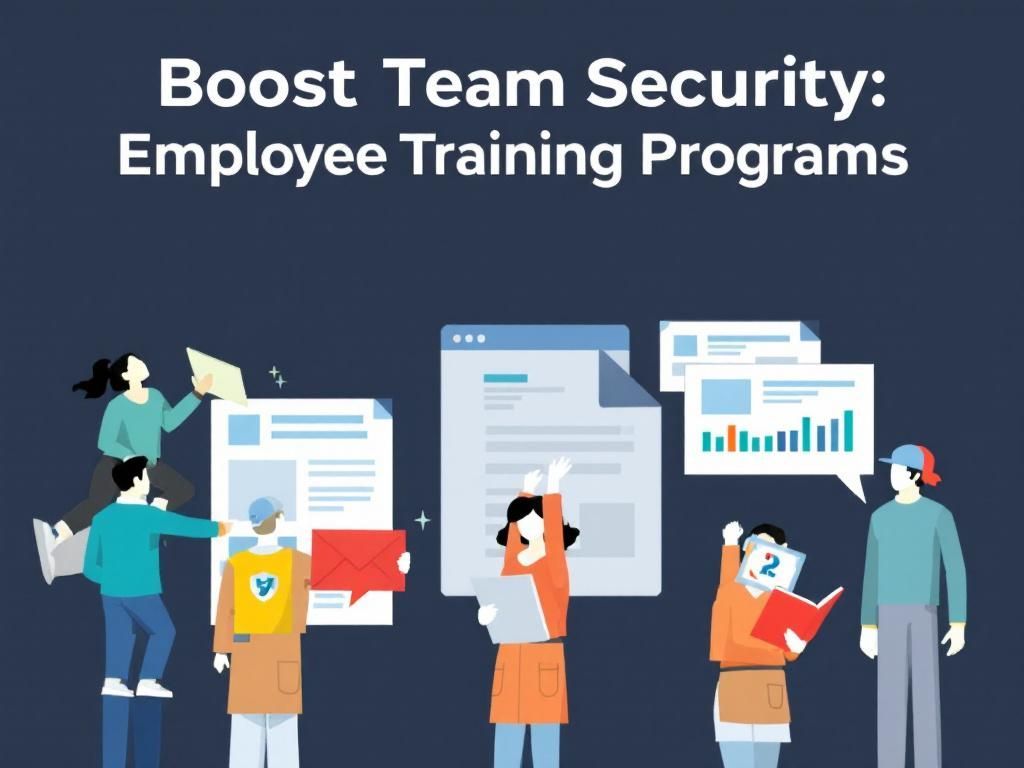Top Next-Gen Endpoint Detection Tools for 2025
Discover the leading next-gen endpoint detection tools for 2025 that enhance cybersecurity and protect your digital assets effectively.

As we move deeper into the digital age, the importance of cybersecurity has never been more paramount. With the relentless evolution of cyber threats, organizations are compelled to fortify their defenses. Endpoint detection and response (EDR) tools have emerged as indispensable components in the cybersecurity arsenal, allowing for the proactive identification and neutralization of threats before they can wreak havoc. In this article, we will explore the cutting-edge endpoint detection tools expected to dominate the landscape in 2025.
Table of Contents
Understanding Endpoint Detection and Response (EDR)
EDR solutions are designed to monitor, detect, and respond to threats on endpoints such as computers, mobile devices, and servers. Unlike traditional antivirus software, EDR tools provide a comprehensive view of endpoint activities, enabling organizations to identify suspicious behavior and potential breaches.
Key Features of EDR Tools
- Real-time monitoring: Continuous surveillance of endpoint activities to identify anomalies.
- Threat intelligence: Leverage global threat data to enhance detection capabilities.
- Automated response: Immediate actions taken to mitigate threats, including isolation of affected endpoints.
- Forensic analysis: Deep dive into incidents for root cause analysis and remediation.
Emerging Trends in EDR Solutions
As we look forward to 2025, several trends are shaping the development of next-gen EDR tools:
1. Integration with AI and Machine Learning
Artificial intelligence (AI) and machine learning (ML) are transforming EDR capabilities by enabling faster and more accurate threat detection. By analyzing vast amounts of data, these technologies can identify patterns and anomalies that indicate potential security breaches.
2. Enhanced User and Entity Behavior Analytics (UEBA)
Next-gen EDR tools are increasingly incorporating UEBA to analyze user behavior and detect deviations from established norms. This approach helps in identifying insider threats and compromised accounts effectively.
3. Cloud-Native Solutions
With the growing adoption of cloud services, EDR tools are expected to shift towards cloud-native architectures, allowing for scalability, flexibility, and easier integration with other cloud-based security solutions.
4. Collaborative Security Ecosystems
Modern cybersecurity demands a collaborative approach. EDR solutions are focusing on interoperability with other security tools, enabling a seamless exchange of threat intelligence across platforms.
Top Next-Gen EDR Tools for 2025
Here’s a look at some of the most promising EDR tools projected to lead the industry in 2025:
1. CrowdStrike Falcon
CrowdStrike Falcon is a cloud-native EDR solution that leverages AI to provide endpoint protection, threat intelligence, and real-time response capabilities. Its lightweight agent offers minimal performance impact while ensuring robust security.
| Feature | Description |
|---|---|
| AI-Powered Detection | Utilizes machine learning algorithms to improve threat detection accuracy. |
| Threat Intelligence | Integrates with global threat intelligence feeds for proactive defense. |
| 24/7 Monitoring | Continuous monitoring with a dedicated security operations center (SOC). |
2. SentinelOne Singularity
SentinelOne Singularity is known for its autonomous endpoint protection capabilities. It offers deep visibility and automated response to threats, combining EDR and Extended Detection and Response (XDR) functionalities.
3. Microsoft Defender for Endpoint
Part of the Microsoft 365 suite, this EDR tool provides comprehensive protection against advanced threats. Its seamless integration with other Microsoft services makes it a popular choice for organizations invested in the Microsoft ecosystem.
4. Sophos Intercept X
Sophos Intercept X is recognized for its deep learning technology that enhances threat detection. Its unique features include exploit prevention and active adversary mitigations, making it a robust choice for proactive defense.
5. VMware Carbon Black
VMware Carbon Black focuses on preventing advanced threats through behavioral EDR capabilities. It enables organizations to gain insights into their endpoints and respond to incidents quickly.
Evaluating EDR Solutions
When selecting an EDR tool, organizations should consider several critical factors:
Cost Considerations
Budget constraints are always a consideration. Evaluate the pricing models of various EDR solutions:
- Subscription-based
- One-time licensing fees
- Pay-as-you-go options
Scalability and Performance
Ensure the EDR solution can scale with your organization’s growth without compromising performance. Test the tool in real-world scenarios to assess its impact on endpoint performance.
User Experience
A user-friendly interface can significantly enhance the efficiency of your security team. Look for tools that offer intuitive dashboards and easy navigation.
Conclusion
As we approach 2025, organizations must prioritize the adoption of next-gen EDR tools to stay ahead of evolving cyber threats. With advancements in AI, cloud infrastructure, and collaborative approaches to cybersecurity, these tools will play a pivotal role in safeguarding sensitive data and ensuring operational continuity. By understanding the features, trends, and key players in the market, businesses can make informed decisions to bolster their cybersecurity posture.
FAQ
What are the key features to look for in next-gen endpoint detection tools for 2025?
In 2025, look for features such as AI-driven threat detection, real-time monitoring, automated incident response, and seamless integration with existing security infrastructure.
How do next-gen endpoint detection tools enhance cybersecurity?
Next-gen endpoint detection tools enhance cybersecurity by leveraging advanced analytics, machine learning, and behavioral analysis to identify and respond to threats faster and more accurately than traditional methods.
What are the benefits of using AI in endpoint detection tools?
AI in endpoint detection tools provides enhanced threat intelligence, reduces false positives, and enables proactive threat hunting, allowing organizations to stay ahead of emerging cyber threats.
How do next-gen endpoint detection tools differ from traditional antivirus solutions?
Next-gen endpoint detection tools differ from traditional antivirus solutions by focusing on behavior-based detection, advanced analytics, and comprehensive endpoint visibility rather than relying solely on signature-based detection.
What role does automation play in next-gen endpoint detection solutions?
Automation in next-gen endpoint detection solutions streamlines threat response processes, reduces human error, and allows security teams to focus on more strategic tasks by handling routine detection and response actions automatically.
Are next-gen endpoint detection tools suitable for small businesses?
Yes, next-gen endpoint detection tools are increasingly designed to be scalable and affordable, making them suitable for small businesses looking to enhance their cybersecurity posture without compromising on protection.








